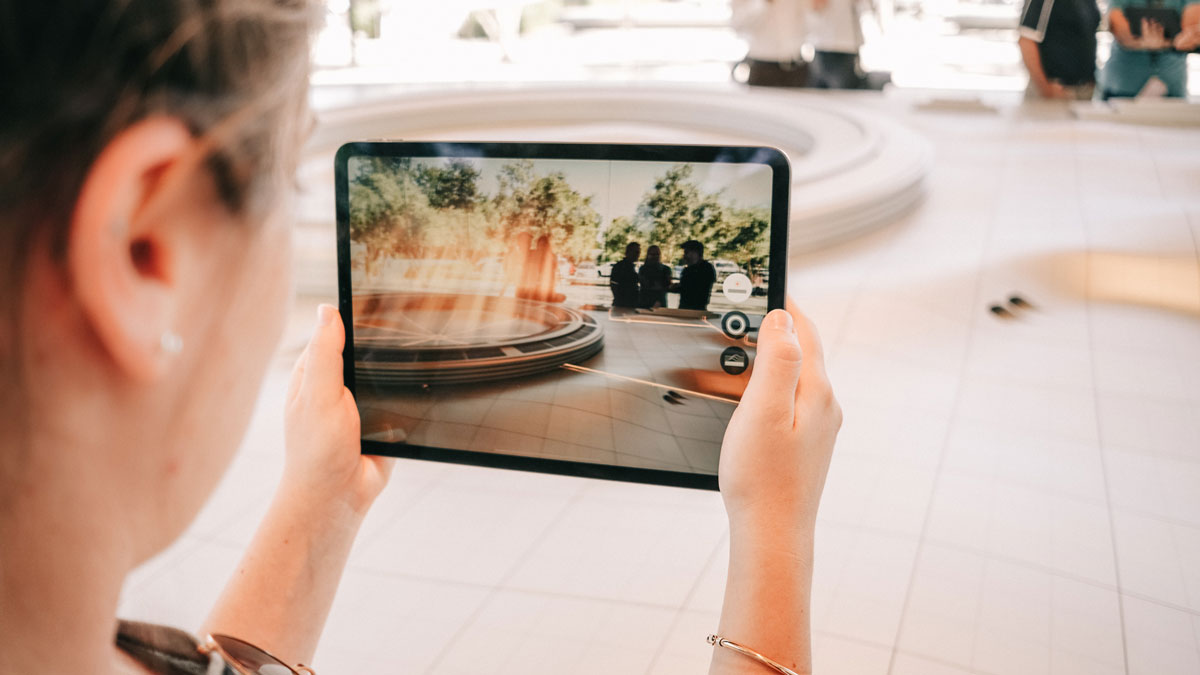Five creative strategies tactics to give your story-based experiences more richness
First published on November 19th, 2020Blog: The Experience EconomistNew concepts and technologies are reshaping our world and how we build guest experiences. In this race towards innovation, it’s important to remember the simple, fundamental tactics when defining the creative strategy. These can add richness to the core story and more significance to the experiences.

Answer the question Why?
It’s never irrelevant to ask yourself as a creator — Why would my audience be invested in the story?. We sometimes rush to creating imaginative worlds with complex structures and mind-blowing events. That is understandable because it is a great, creative process. But we should always have the audience on the top of our mind. After defining who our audience is, we also want to know why our story should resonate with them. We need to understand better their cultural and social context, motivations and even fears.

Challenge your storyline and your characters with unordinary events
A road with no turns can become monotonous and frankly a little boring. A storyline needs its turns also, and the characters need to make some choices and face some challenges. That is how you challenge your audience as well. This will make them feel more connected to what they experience. The characters don’t always need to be complex; however they do need a goal, and getting it is not always easy.



Leave room for audience-driven story development
We like to call this format “a never-ending story”. It evolves with every interaction and becomes something new for the next visitor/guest. Allow your audience to leave a mark and become a part of your universe. Furthermore, a never-ending story is not limited by places and schedules; it continues to evolve through discussions, references, reproductions and adaptations.

Activate your audience
Jumping off the point of the never-ending story, it’s also essential to build the frameworks in which your audience interacts with your story. Give them a role and a mission and transform them from spectators into heroes.

Use technologies but don't be led by them
We are surrounded by so many remarkable technologies and tools to open doors to extraordinary worlds and new experiences. It’s indeed a great time to be a storyteller. Technology is also sometimes a powerful influencer on the creative strategy. And it can result in solutions that don’t match the story or the audience. Technology and story should complement each other, and either of them should not limit the experiences that we create.
Do you want to receive similar articles from us every month?
Then subscribe to our newsletter “The Experience Economist”.

